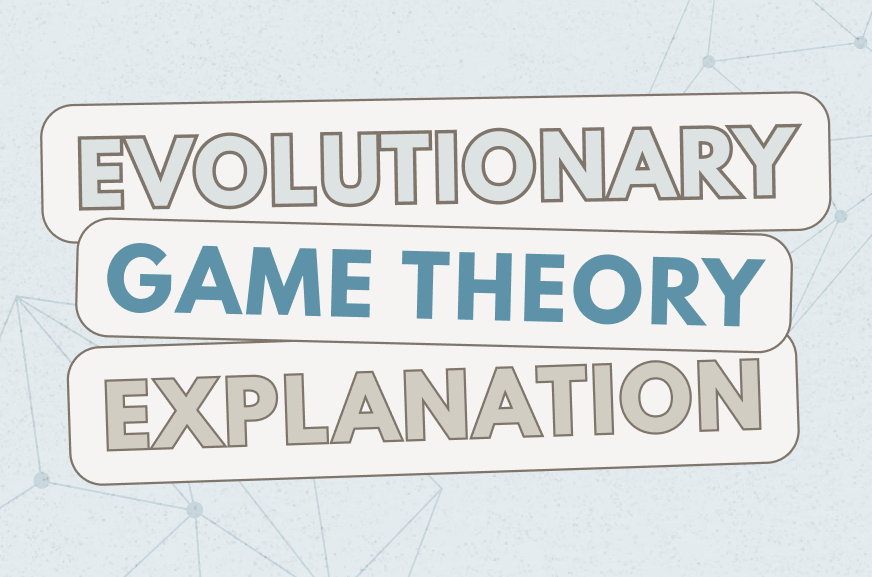Below is a complete explanation for the third Reading Comprehension passage of LSAT PrepTest 52 (September 2007 LSAT) and associated questions. It’s an excerpt from Complete Reading Comprehension Explanations for LSAT PrepTests 52-61.
LSAT Reading Comprehension Passage Explanation – Ousmane Sembene
Explanations for PrepTest 52, Section 4, Questions 13-19:
This is a science passage, but that does not mean that the author is without an opinion. The passage opens by describing “traditional theories,” in this case a species-specific model. The example of the Galapagos tortoises is used to illustrate the general description found in lines 1-8.
As is often the case when an author on the LSAT opens with a third-party voice, “traditional theories assert,” we find a contrast keyword (“however” in this case) in the second paragraph. A. aperta is used as a counterexample to the traditional theories. Unlike the behavior described in traditional theories, interspecies conflict varies within this species. This will continue to be discussed as a new theory is proposed.
Susan Riechert is the author that proposes how this new theory, evolutionary game theory, applies to A. aperta. The author then gives the background on the origination of evolutionary game theory, citing the creators of its predecessor. Game theory is defined. Obviously it will be important to understand this definition. If you were in doubt about the importance of the definition, an example is given immediately following it. Once again, A. aperta is used as the example. Following our example we have a contrast key word (“however”) that indicates, in this case, a distinction between evolutionary game theory and classical game theory. Rather than assuming that spiders and other lower animals engage in the rational thought that is the basis for classical game theory, evolutionary game theory relies on theories of evolution: instinct, long-term species advantage, and reproductive success.
The author opens this paragraph by further discussing Riechert’s work. This is important to note. When a passage discusses one particular author or researcher that contrasts with an opening author, researcher, or set of theorists, the main idea will also be focused on that researcher, with whom the author will agree. The last paragraph simply discusses predictions of the spiders’ behavior based on Riechert’s work with evolutionary game theory.
13. Main idea.
A) While the definitions of both of these theories are found in paragraph two, this choice does not encompass the entire passage.
B) Far too specific.
C) Correct. While the passage mentions classical game theory, it is only mentioned to give a background for understanding evolutionary game theory. Evolutionary game theory, and the pervasive example of A. aperta, are the focus of this passage.
D) Does not mention evolutionary game theory at all.
E) This is a very attractive wrong answer. The difference between E and C is that E says that the theory is currently used, and C says that the theory may be used. The passage uses the word “predicts” a number of times, rather than “is.”
14. Method of argument. To answer this, we should look back at the first paragraph. The example of the Galapagos tortoises follows the description of traditional theorists’ views. What precedes the example should answer this question.
A) This is not what we were looking for. Also, the author mentions that theorists believe that this is the type of conflict represented with “a species,” which is a general phrase.
B) See above (‘some but not all”)
C) While this may be the traditional theorists’ view, it is not the author’s.
D) See the explanation of A. “Unique” does not match the passage.
E) Correct. Exactly what we were looking for.
15. Removed from scoring. Proof that even ETS gets some of them wrong!
16. Inference except. We are looking for an answer that is directly contradictory to Riechert’s theory. Answer choices that are off topic will not be inconsistent, though in this case, none are outside the scope of the passage.
A) Reviewing the final paragraph, this choice is perfectly consistent with line 45-51.
B) Again, this choice can be inferred from lines 45-51.
C) Reichert predicts that competition will be fiercer in the grassland habitat (lines 56-59).
D) Correct. Directly contradicts lines 56-59.
E) Consistent with line 47.
17. Method of argument/structure. This question asks you to understand the function of the final paragraph within the whole. As stated above, we are looking for a choice that says that the author uses this paragraph to discuss predictions of A. aperta’s behavior according to evolutionary game theory. Only one answer will say this.
A) This doesn’t happen in the paragraph, nor is it what we were looking for.
B) The theory is not discussed, merely the predictions based on that theory.
C) The paragraph does not describe any experiment.
D) While this behavior would not be explained by the species-specific model discussed in the first paragraph, it has yet to have been observed.
E) Correct. This choice has the “predictions” for which we were looking, that is, the predictions would be what we would see if the evolutionary game theory model applied.
18. Inference. We should be familiar enough with the passage at this point to answer this question. A. aperta is the example used to illustrate behavior that might be explained by evolutionary game theory throughout the passage.
A) “Primarily” is too strong for an inference question.
B) Correct. If you translate the “only if” statement in lines 30-33 into an if-then and take the contrapositive, this choices matches the contrapositive perfectly.
C) A. aperta is never discussed as similar to other animals.
D) We are not told which of the two behaviors is most common.
E) If “other animals” could be translated as “Galapagos tortoises” this would be correct, but “other animals” includes all other animals, which is simply not supported.
19. Author’s purpose. See above. The author is focused on a theory that contrasts with traditional theories and is supported by a specific example.
A) Correct. This is what we were looking for.
B) The example is not used to illustrate a phenomenon, rather it is used to support a theory.
C) We are not evaluating the evidence, we are discussing the hypothetical predictions of the new theory presented.
D) We simply do not have real data presented.
E) Since the author supports the new theory, this choice is the opposite of what we were looking for.
Authored by Robert Brind

